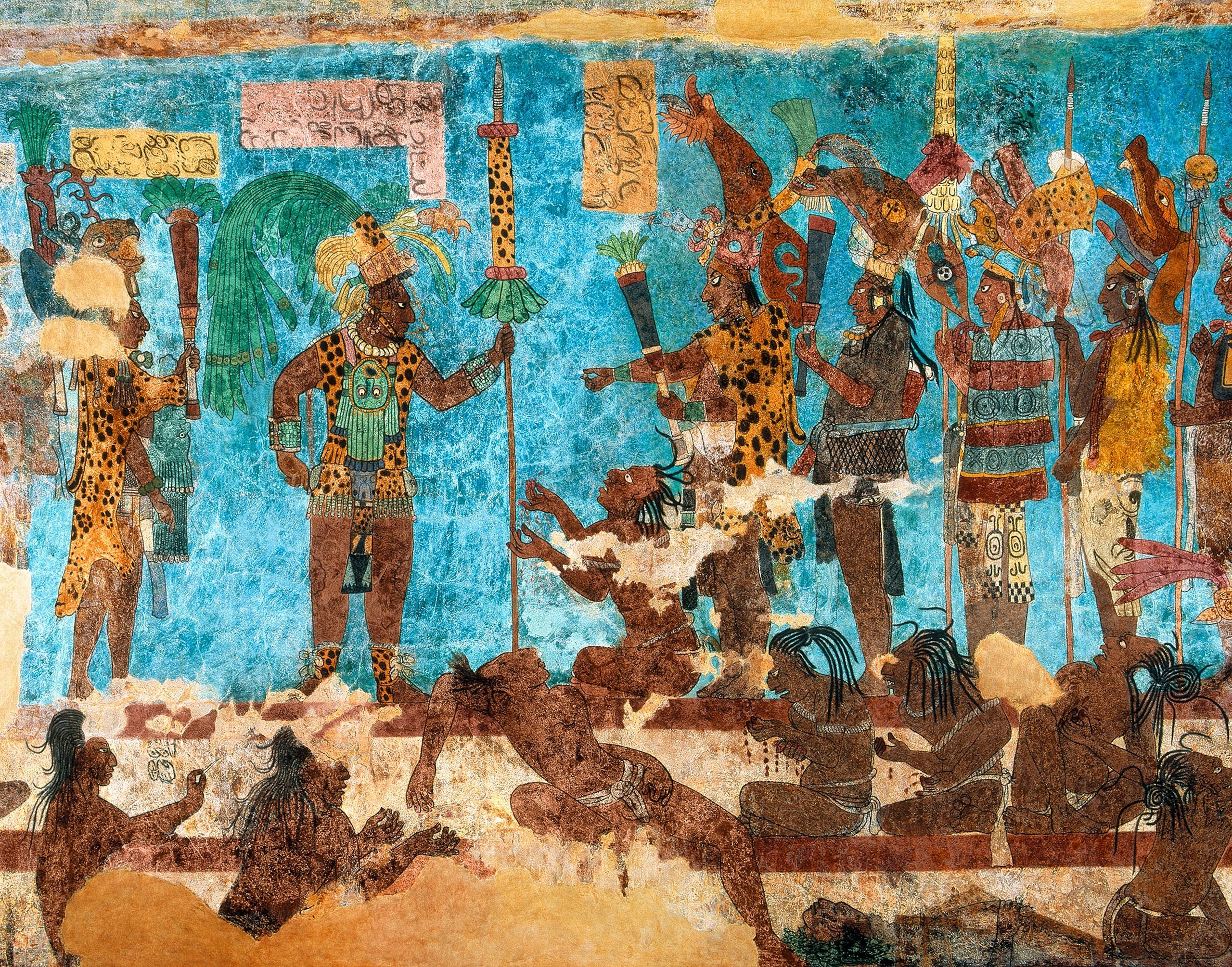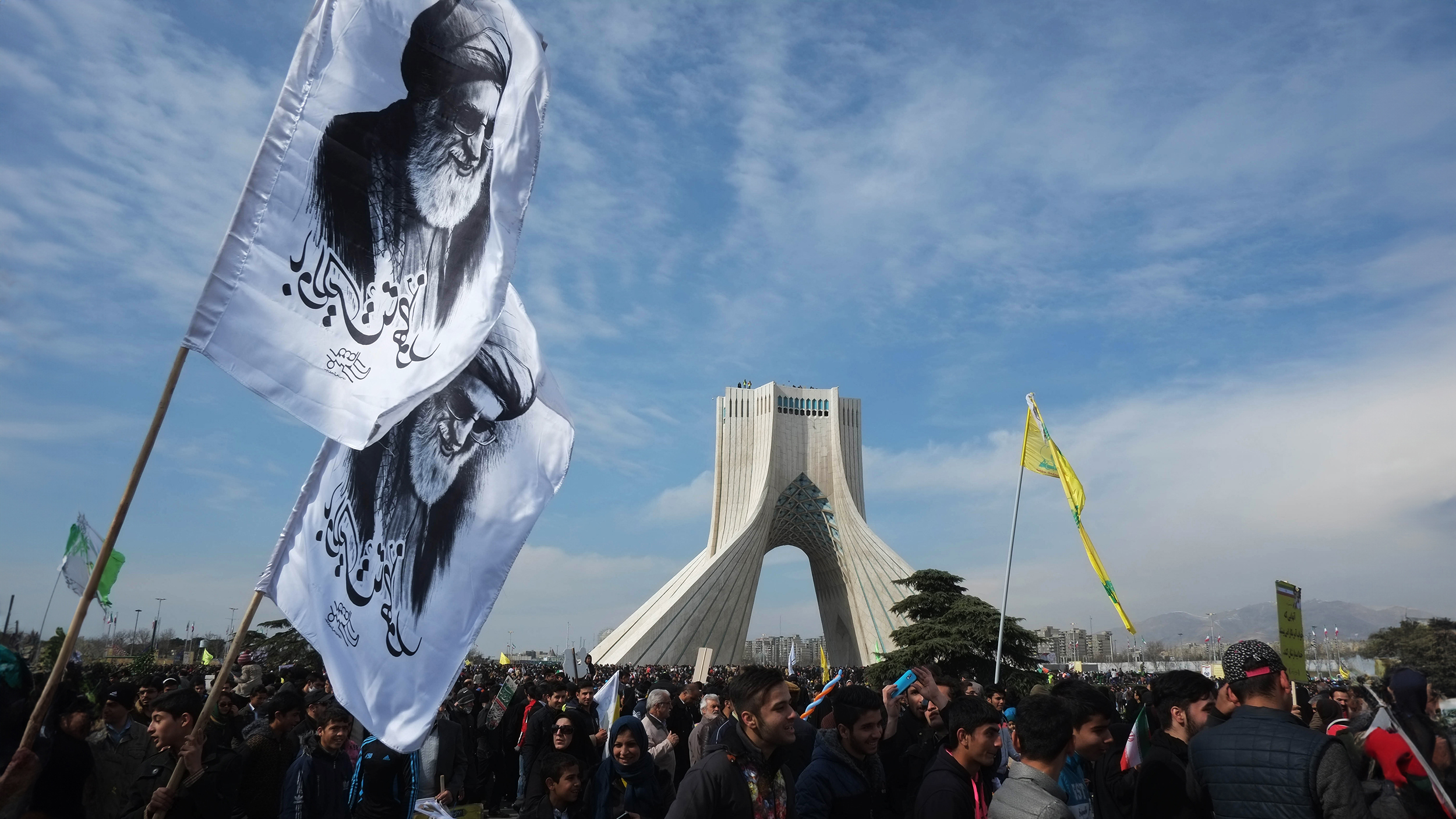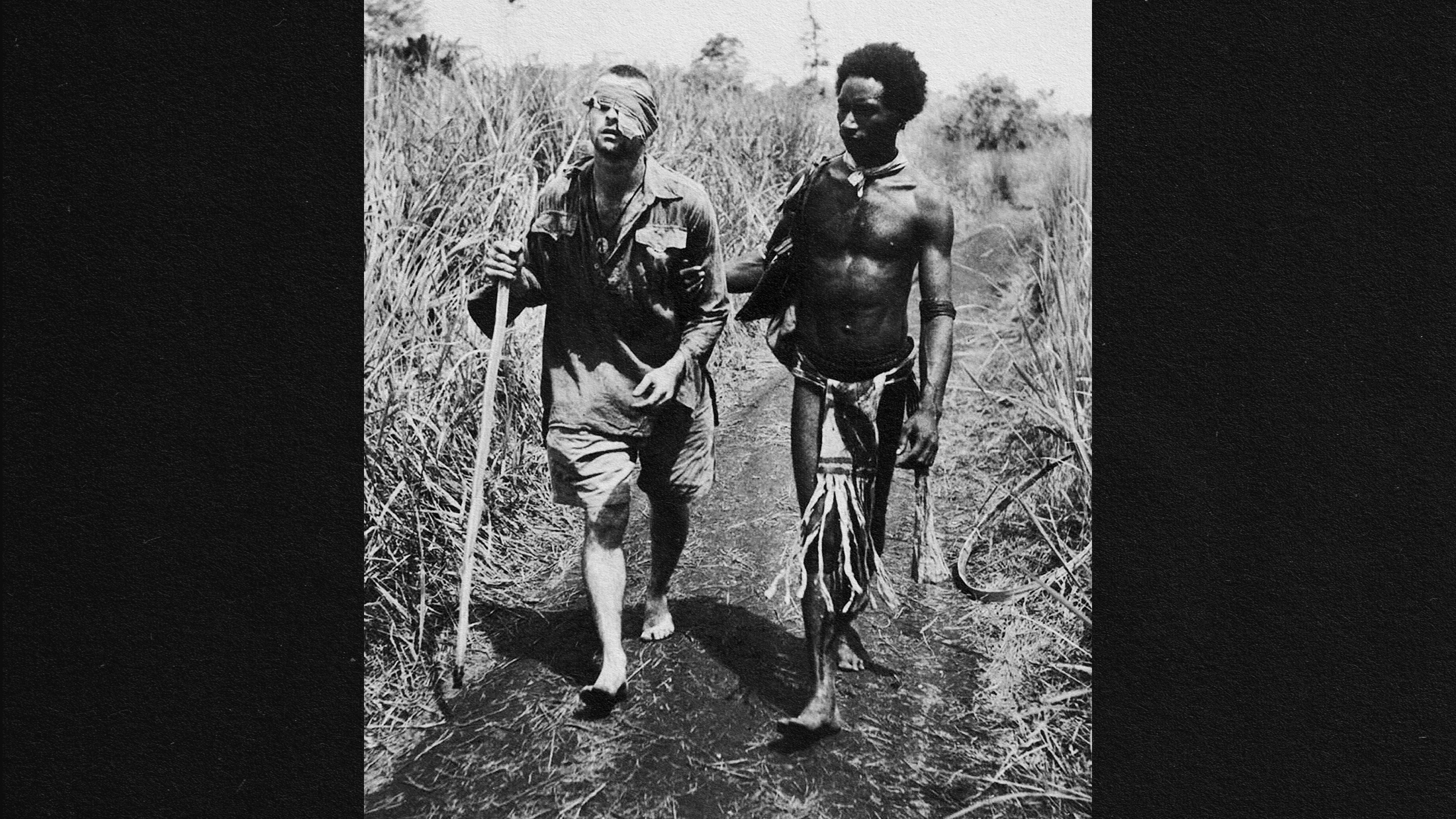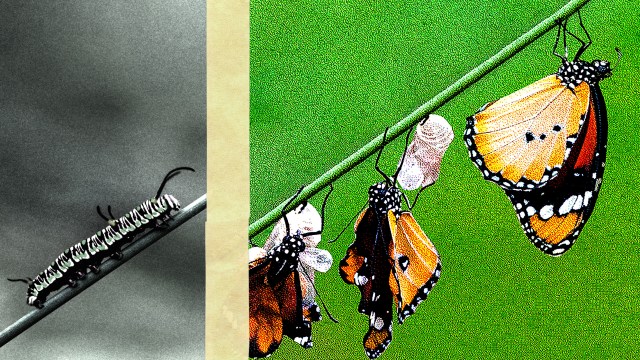Why Navajo is the world’s hardest language to learn
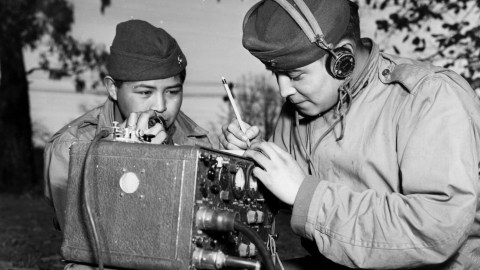
- The Navajo, based in Arizona and New Mexico, separated from the Apache in the Middle Ages.
- Their language is intimidating for its tonality, complicated grammar, and concept of animacy, among other factors.
- Efforts to improve Navajo schooling can prevent the language — and culture — from dying out.
According to many linguists, the most difficult language in the world isn’t Mandarin or Basque or Hungarian or Xhosa, spoken in South Africa, but Navajo.
Concentrated in Arizona and New Mexico, the Navajo are one of the largest Native American groups in the United States. Consisting of up to 400,000 tribal members, they are thought to have originated from northwestern Canada and were forcibly moved to their present location by the federal government in the 1860s during the Long Walk. Traditional Navajo families live in circular mud-and-log homes called hogans, create intricate ceremonial paintings made of sand, and hold four-day runs (a ritual called kinaalda) to celebrate young girls turning into adult women.
Arguably, the most important aspect of Navajo culture is their language. Also known as Diné Bizaad (the “people’s language”), Navajo is similar to Apache, from which it separated between 1300 and 1525 AD. Both Navajo and Apache belong to a language family called Athabaskan, which, providing evidence for their geographic origin, is also spoken by native tribes in Yukon, Alaska, and British Columbia. As with other Native American languages, globalization and discrimination threaten Navajo’s survival. In 2017, the number of fluent speakers was estimated at 170,000, less than half of the tribe’s population.
Learning Navajo isn’t easy. Compared to other complicated but more widely spoken languages, like Korean or Arabic, there are limited resources available to non-speakers. Mastery of Navajo language also requires a level of familiarity with Navajo customs, something even some Indigenous people no longer have access to.
That said, the most daunting aspect of learning Navajo is the language itself. Described by linguists Robert W. Young and William Morgan as a “hopeless maze of irregularities,” its unique grammar, syntax, and tonal pronunciation are so indecipherable to outsiders that, during the Second World War, the U.S. Marines used Navajo as a form of military code.
Learning Navajo
Even listening to Navajo can be intimidating. Like other languages in the Athabaskan family, Navajo is tonal, meaning that words with the exact same spelling have different meanings depending on the way they are pronounced. Navajo not only distinguishes between long and short vowels (bita’ means “in the middle of” while bitaa’ means “[his] father”), but also between pitches, of which there are four different kinds: high (i.e., áá), low (aa), rising (áa), and falling (aá). Athabaskan is the only Amerindian language family to rely so much on tones, meaning that Navajo is as confusing to a Cherokee person as it is to a white New Yorker.
Navajo also has a complex phenology, featuring sounds that don’t exist in many other languages. It counts 33 consonants, including affricates and fricatives, and 12 vowels. (By comparison, the English alphabet has 21 and 5, respectively). Some of the trickier vowels include ę, a mid-front, short, nasal vowel, and ǫ́ǫ́, a mid-back, long vowel, also nasal. In addition to familiar consonants such as m and n, Navajo uses ł, pronounced by placing the tip of the tongue to the roof of the mouth and exhaling past both sides, and zh or ʒ, pronounced by bringing the tip of the tongue close to the roof of the mouth and exhaling onto the center.
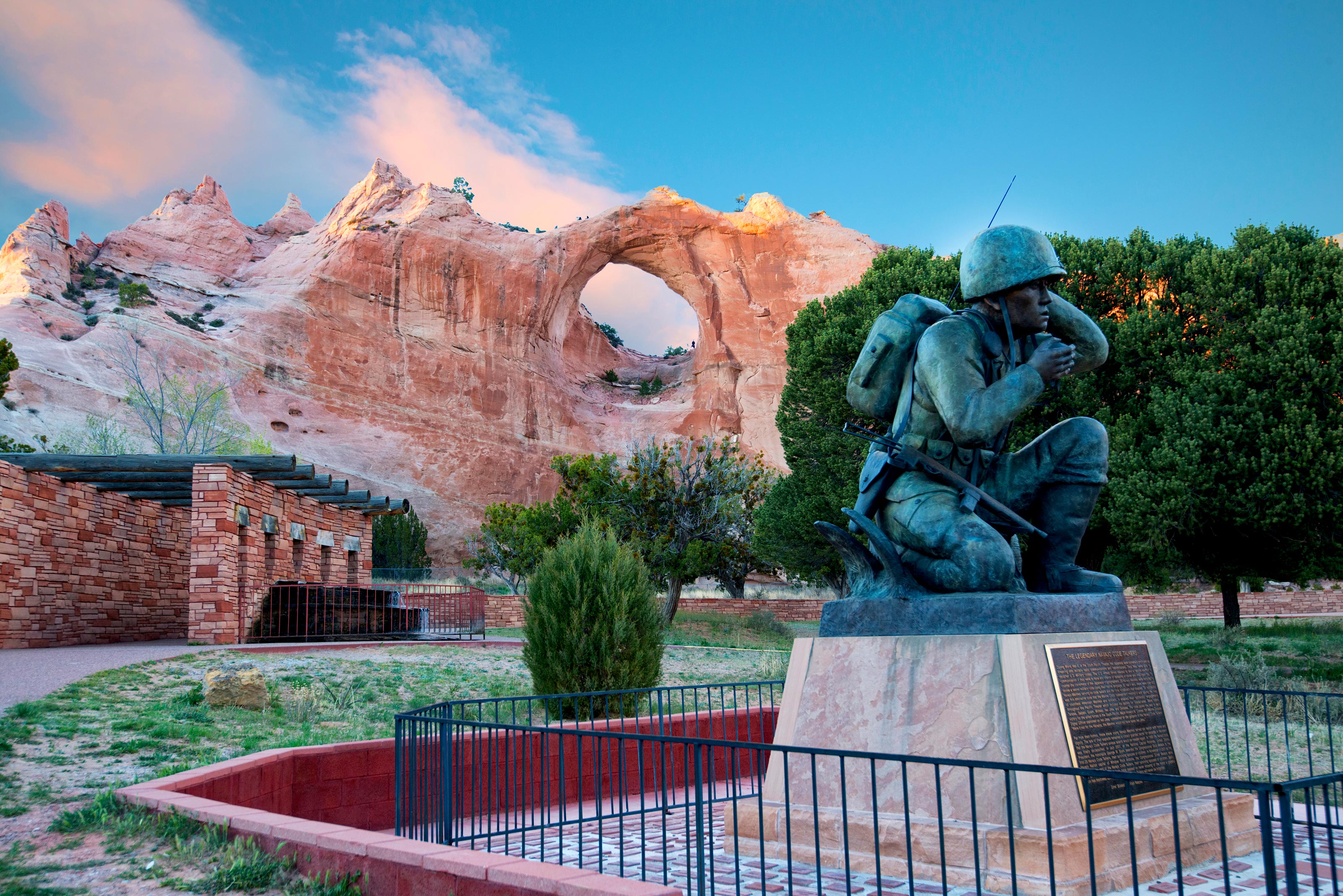
“It’s hard to teach my tongue to say the different vowel sounds and symbols,” an Indigenous student from Arizona State University, one of the few schools in the country that teaches Navajo at undergraduate and graduate levels, told their school newspaper. “You need to interact with others to know that you are saying it right.”
Next up is grammar. Like Spanish, Navajo is a verb-centric language in which syntax centers on actions, and single verbs can convey as much information as entire sentences in English. Aspiring speakers better enjoy conjugating, as Navajo has more than seven different forms (English has five), 12 aspects (English has four), and 10 sub-aspects, all of which combine to form a dizzying number of outcomes. As the language-learning YouTuber xiaomanyc explains in one of his videos, Navajo verbs change depending on how a certain action is performed. For example, násh’ááh means to handle something once, while yish’ááh means to handle something repeatedly. If a certain action involves an object, the corresponding verb will also change depending on the nature of that object. The verb “to give,” for instance, changes depending on whether you are giving a compact object, a long and flexible object, a long and rigid object, a flat object, or a container. If you want to ask someone to give you a glass of water, you’ll first have to check whether the glass is empty, full, or half full.
Finally, there’s the concept of animacy. Existing in various forms in languages throughout the world, it is a semantic feature that expresses the sentience of nouns. In Navajo, nouns can be ranked from animate to inanimate, moving from so-called speakers (humans) to callers (plants, animals) to objects and, finally, abstractions. More consequential than gender, animacy not only influences spelling but also determines a noun’s position in a sentence, with sentient nouns coming before non-sentient ones, and animate before inanimate.
A dying language
For several decades, scholars have been keenly aware of the fact that Navajo is dying. “Although the Navajo is the largest Native American language group in North America,” anthropologist Bernard Spolsky states in a survey from 2002, researchers characterize it as “seriously endangered, ‘a major American tragedy’ that it seems ‘people don’t want to know about or talk about.’” In 1970, Spolsky writes, 90% of Navajo children in boarding schools spoke fluent Navajo, but no English. “By 1990 the situation had virtually reversed, with six-year-old Navajo children beginning Head Start or kindergarten suspected to have little if any knowledge of the language of their people.”
Native American Studies professor Tiffany S. Lee confirms, writing:
“When I was a middle school student in the interior region of the Navajo Nation in the early 1980s, all my peers’ first language was Navajo. Their choice in school at that time was to speak Navajo among themselves and with Navajo teachers. When I became a high school teacher on the reservation some fifteen years later, my students mostly spoke English with one another. Even if they spoke Navajo well, their language of choice in school was English.”
Reasons for the decline of Navajo mostly fall into three categories: historical, economic, and sociocultural. Historically, American schooling and religious institutions have forced Native American students to assimilate into Western culture at the cost of losing touch with their own. Economically, mastery of English offers more opportunity in an English-speaking world, while the utility of Navajo continues to shrink.

Finally, there’s the sociocultural component. Despite increasing efforts to promote the Navajo language in schools and through federal programs, younger generations are making a conscious decision not to speak their native tongue. Speaking with teenagers, Lee found several explanations for this phenomenon. Some refuse to speak to Navajo because they have been teased, and hope that hiding their Native American identity will decrease the discrimination they face in daily life. Others aren’t so much ashamed of their culture but, because of the way that Native American education in the U.S. has been set up, associate English with school and work. Last but not least, teenagers who have fully assimilated into Anglo-American society tend to think that Navajo is outdated and prefer to speak English instead.
Saving the Navajo language is easier said than done, as this not only requires the implementation of bilingual schooling but also, as the above responses show, a reconsideration of the way Native American children perceive themselves in relation to their white peers, and vice versa. Fortunately, both are happening. Limited educational programs, like those at ASU, are making Navajo more accessible to aspiring speakers. On the national level, a slowly changing political climate is generating widespread interest in and appreciation for Native American culture.
Most hopeful of all: while the number of Navajo speakers may be going down, the number of tribe members is increasing, rising from 300,000 in 2020 to over 390,000 in 2021. Perhaps the Navajo language will follow suit.
